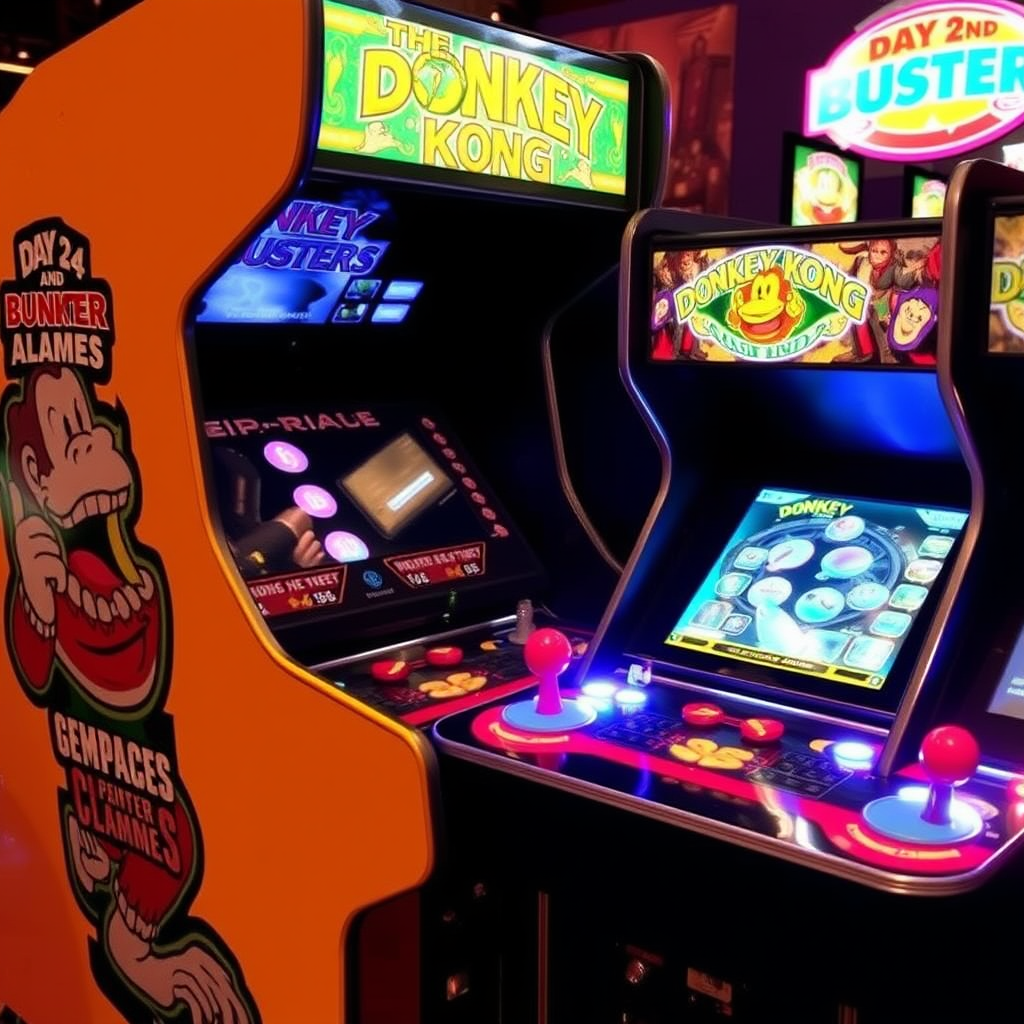
Coin Op Arcade Games: Pay-to-Play Origins
Coin op arcade games refer to the pay-per-play machines that powered the industry for decades. From pinball tables to video game cabinets, each session began with the satisfying clink of a coin. This model encouraged quick, high-intensity gameplay where performance determined how long you stayed in the action.
Because each credit mattered, coin-op titles like Galaga, Pac-Man, and Donkey Kong honed their difficulty to keep players challenged, while always dangling the possibility of the next "just one more try."
The Wider Legacy of Coin-Operated Systems
The broader universe of coin operated arcade games includes everything from redemption machines to mechanical shooting galleries. The durability, instantly understandable controls, and location-based nature of these games made them a fixture in bowling alleys, malls, and seaside piers.
These machines taught developers the art of immediate feedback and progressive challenge — principles that still inform game design across platforms.
Dave & Buster’s: The Modern Arcade Hybrid
Today, venues like Dave and Buster’s arcade games carry that torch. They mix throwback coin-op machines with massive modern experiences: 3D racing simulators, VR shooters, and interactive sports games. Pairing a restaurant and bar with the arcade floor transforms the nightly gaming experience into a full social outing.
Even as classic Donkey Kong 1981 arcade cabinets remain centerpieces in retro sections, the variety ensures there’s something for everyone, from nostalgic veterans to brand-new players.
Build AI Games on Jabali
- No-code creation: Turn a simple prompt into a playable game in minutes, no coding or art background needed.
- Genre jumpstart: Launch fast with templates for maze shooters, dungeon crawlers, character sims, interactive stories and much more.
- Tweak everything: Upload assets, music, change character personalities and much more.
- Instant playtesting: One click to test, iterate, and balance! What you change is what you play.
- One-link sharing: Share a web link that works on desktop and mobile—no installs, just play.
- Creator-first: Great for solo devs, writers, educators, and studios prototyping new ideas quickly.
FAQs
Q: What defines a coin-op arcade game?
A: Pay-per-play mechanics, durable cabinets, and quick-start gameplay.
Q: How does Dave & Buster’s honor arcade history?
A: By blending classic cabinets with state-of-the-art entertainment.
Q: Why still play originals like Donkey Kong?
A: For their timeless design, simplicity, and challenging gameplay.